Today’s post is rather embarrassing. Embarrassing in that I knew better. I knew there was a problem, and rather than fixing it, I ignored it. And now, it bit me right in the rear end. So, what’s this big, embarrassing problem? An improperly vented bathroom exhaust fan. Make that two fans.
If you’ve never dealt with this problem, you’re probably thinking, “What’s the big deal?” Keep reading, and find out the way many builders installed these fans incorrectly, what happens when you ignore the problem, and how to fix it.
Bathroom Exhaust Fan Installation – How to do it the Wrong Way
Back in 2002, we remodeled the master bathroom and put an addition on to our 1970’s ranch. The addition had three bedrooms and a bath. About six years ago, we noticed something wrong with the drywall around the exhaust fan in the master bathroom.
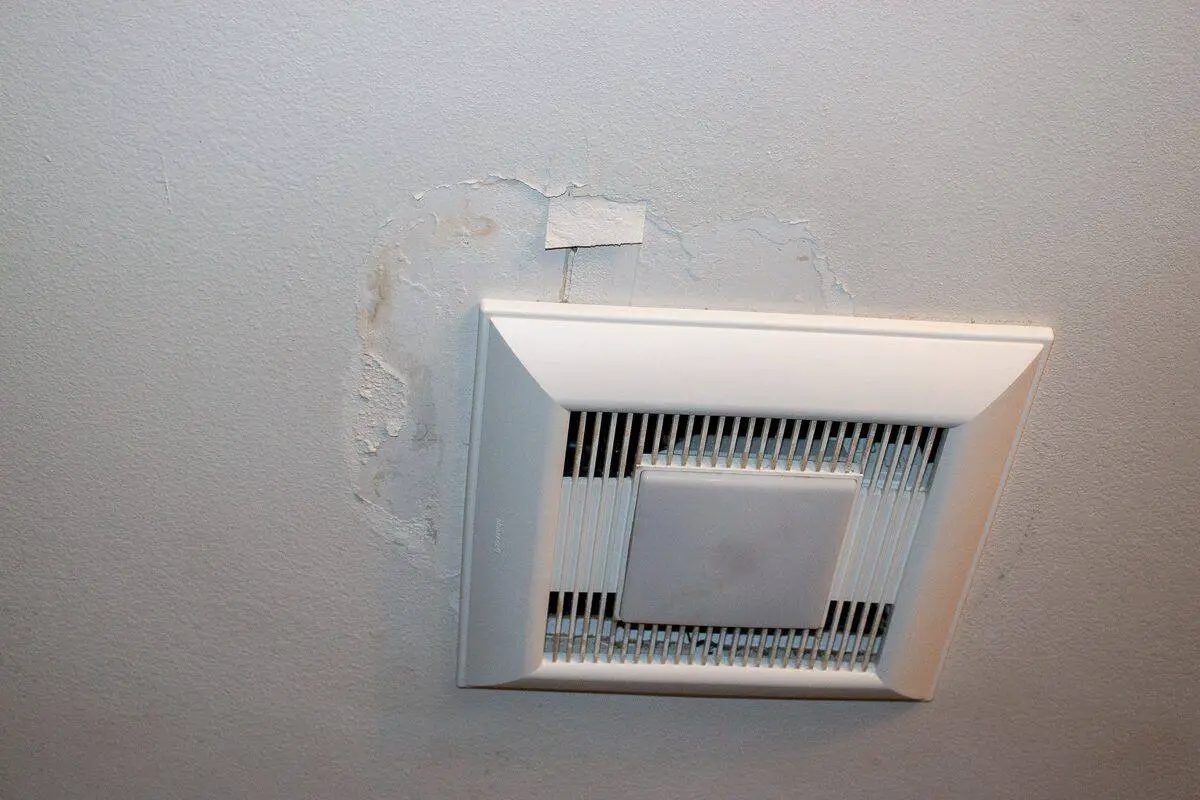
We discovered that a flexible metal duct had been attached to the fan, then placed across the roof trusses, on top of the insulation, and it ended inside the attic. While technically not against the building code (venting to the exterior wasn’t in the building code until 2006) this was really bad.
It presented two problems: condensation in the duct and fan, and it added warm, moist air into the attic. When we ran the fan during a shower, the air in the duct cooled almost immediately when it hit the cold attic air. The water condensed, and ran back down into the exhaust fan. The duct was simply clamped to the fan housing, so all that condensation leaked onto the drywall ceiling. Eventually that water came to the interior surface, and we have this mess.
We soon realized that this was also bad for the attic. You don’t want to put warm, moist air into a warm, dark space. That’s the perfect recipe for mold. Thankfully, we didn’t see any at that time.
So, we crawled around the attic and installed an insulated duct that ran from the bathroom exhaust fan all the way to the outside of the attic. We looked at the other two bathrooms, and saw that one was installed in a similarly incorrect way and the other bathroom (the Harvest Gold one that I remodeled last year) had no ductwork at all. (This exhaust fan had never been ducted to the outside. Ever.)
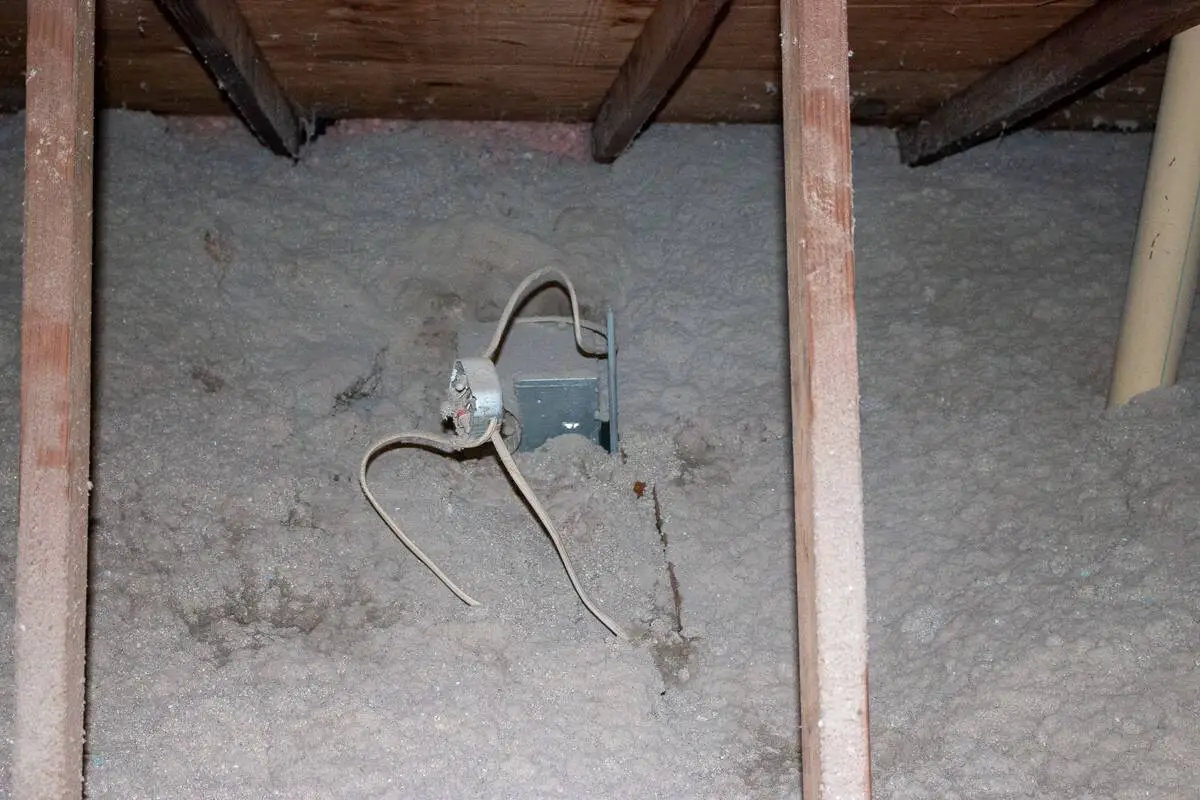
We agreed that we would take care of those two fans as soon as possible. But, life gets busy, and you tend to push this kind of stuff off. Especially if it’s not causing any current problems. Fast forward to this year, and we never got around to fixing it. Oh, how I wish I could go back in time.
What Happens When You Don’t Properly Vent a Bathroom Exhaust Fan?
In February, I had a roofing contractor come out to look at a couple of leaks. He noticed that there was a lot of condensation on the underside of the sheathing on the north side of our roof (which is not near the bathrooms). He soon realized we had a major mold issue in the attic. Here’s what happens when you blow bathroom exhaust into your attic:
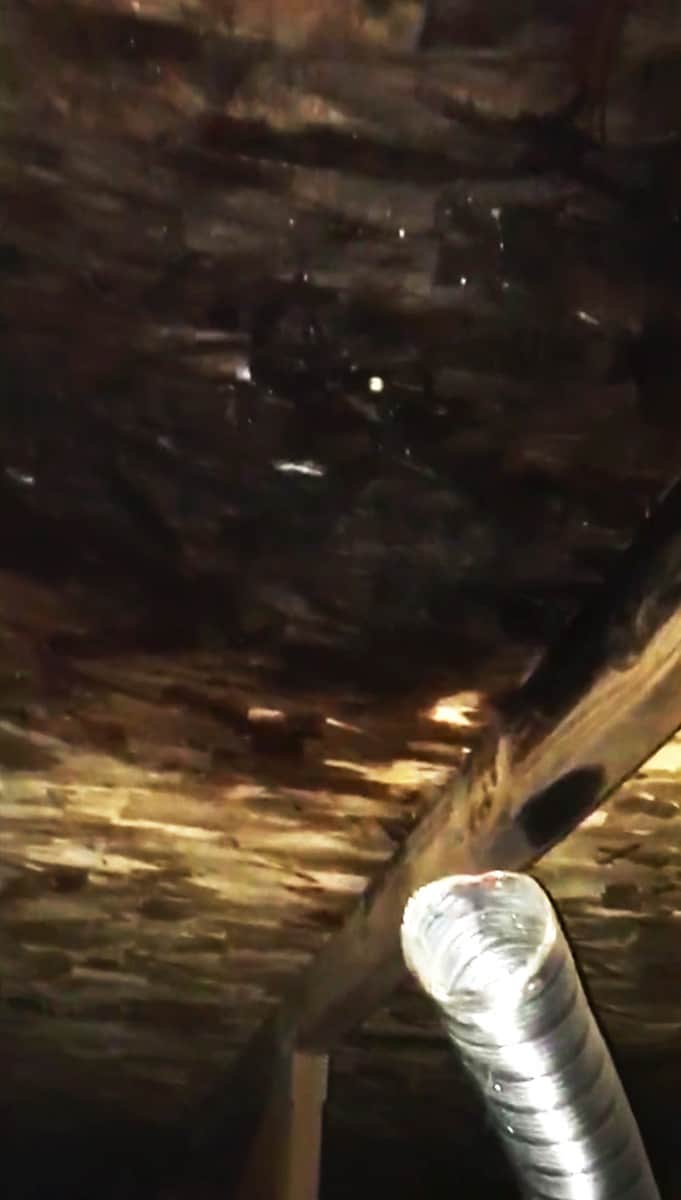
Unbelievable. That’s mold. You can see how close they ended the duct to the roof sheathing. Imagine all that steamy air from a shower just spewing out of this opening. Uggh.
Here’s a video that shows the extent of the mold.
We have other issues that contributed to the mold, and I’ll be talking about those (and their solutions) in the next few posts. But, if the exhaust fans had been installed correctly from the beginning, the problem would not have been so extensive.
Properly Venting A Bathroom Exhaust Fan
Most building codes require a bathroom exhaust fan if there is no openable window in the bathroom. If you do install an exhaust fan, it should be capable of moving 50 cubic feet/minute of air. The fan MUST be vented to the exterior. Not to the attic. Not to the crawlspace. Not to the ridge vent. OUTSIDE. Finally, a screen on the exterior to keep pests out.
We hired Illinois Home Solutions to remediate the mold and to properly vent the fans through the roof. The fan connects to the exterior through an insulated duct.
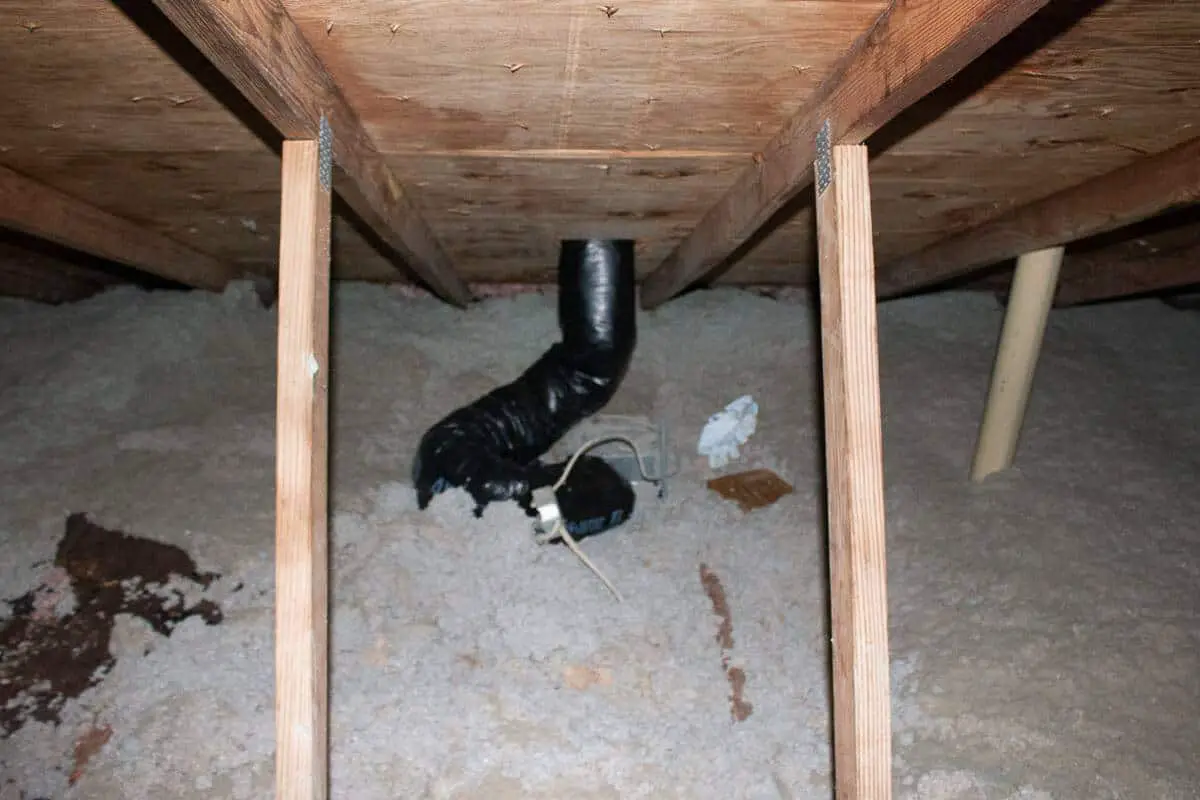
A Broan roof vent cap (with a screen) covers the roof penetration of the bathroom exhaust vent. No more bathroom exhaust in the attic!
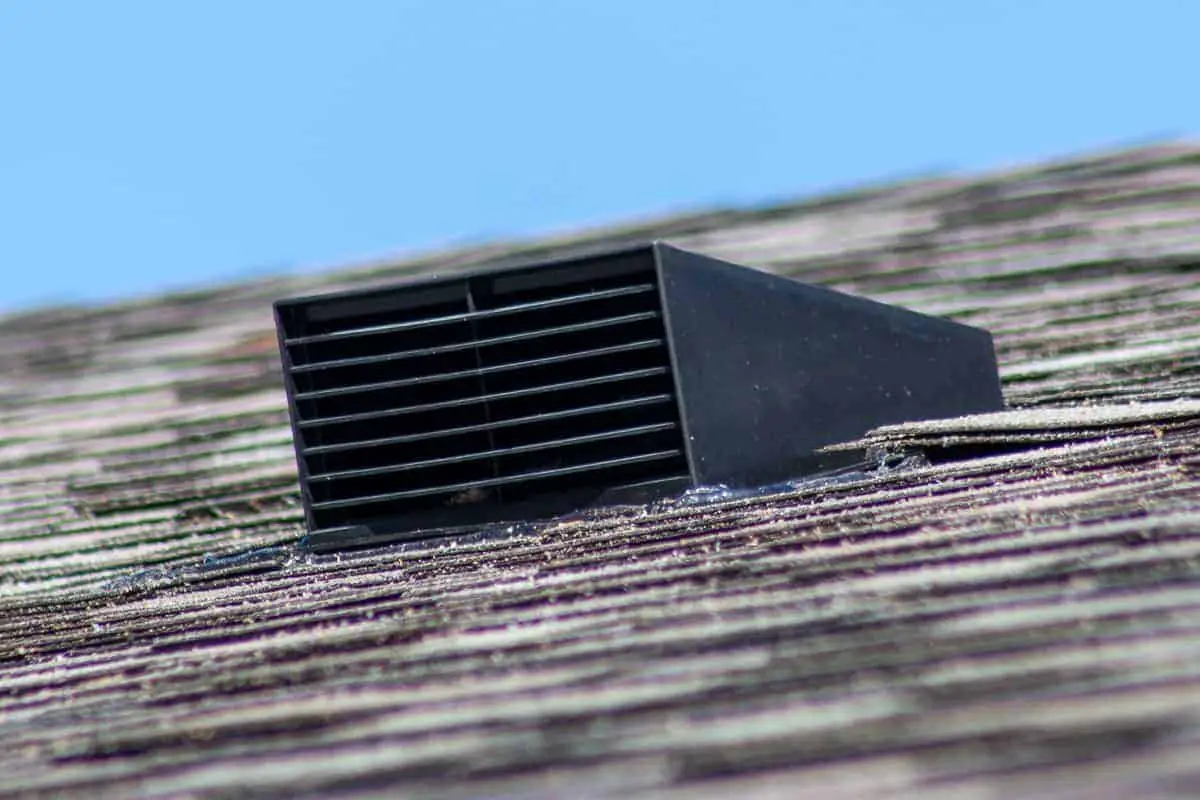
After doing some research, I found out that pre-2003, many builders simply vented the exhaust fans into the attic. It was just the common way to do things. Not the right way, but the easiest way.
I highly recommend that you inspect your attic and make sure the bathroom exhaust fans are properly vented to the outside. If it isn’t, fix it now. Now!
In my next post, I’ll be discussing the importance of good attic ventilation, and how a lack of it contributed to our mold problem.
Pin this for later:

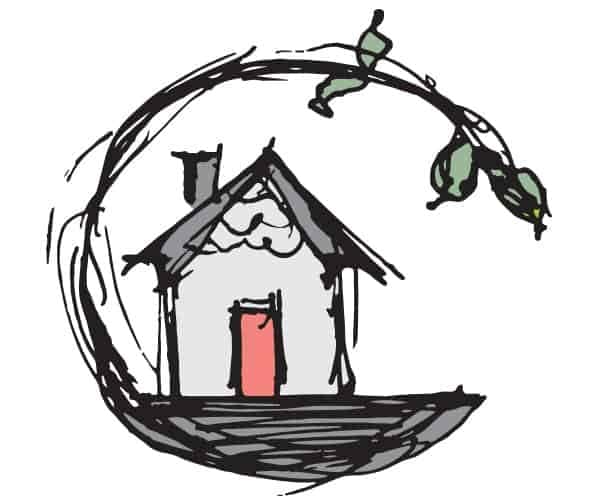
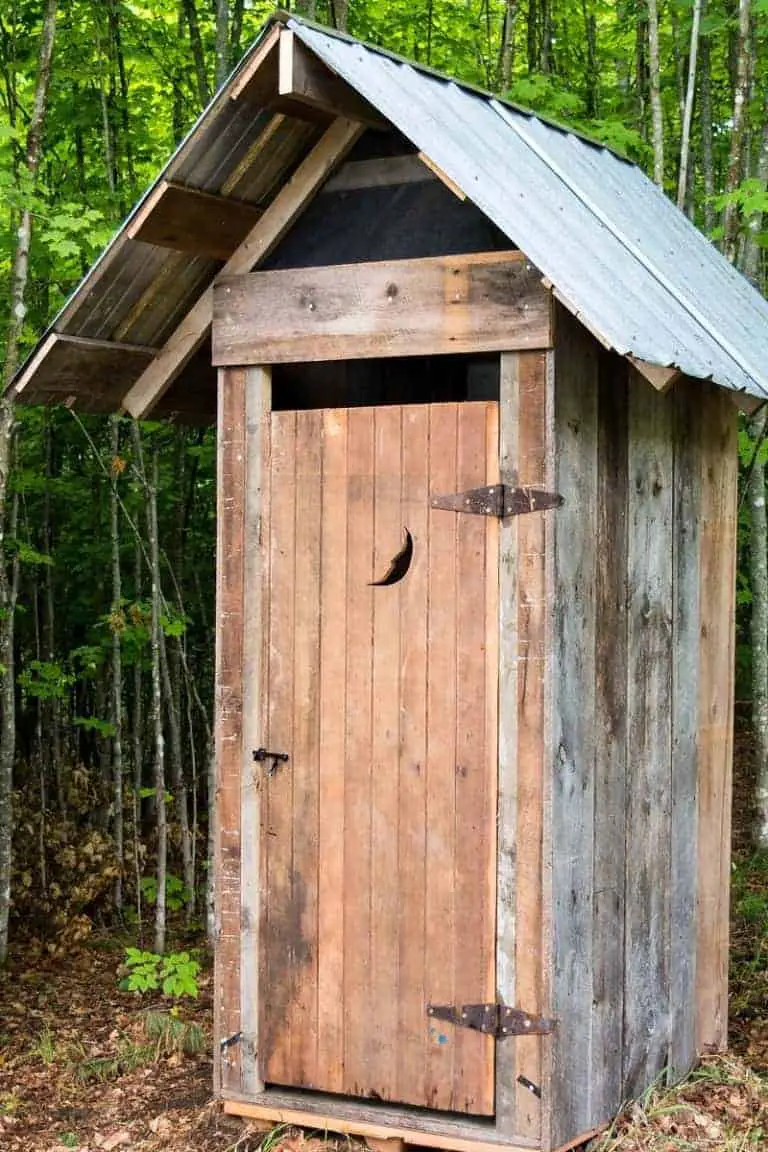
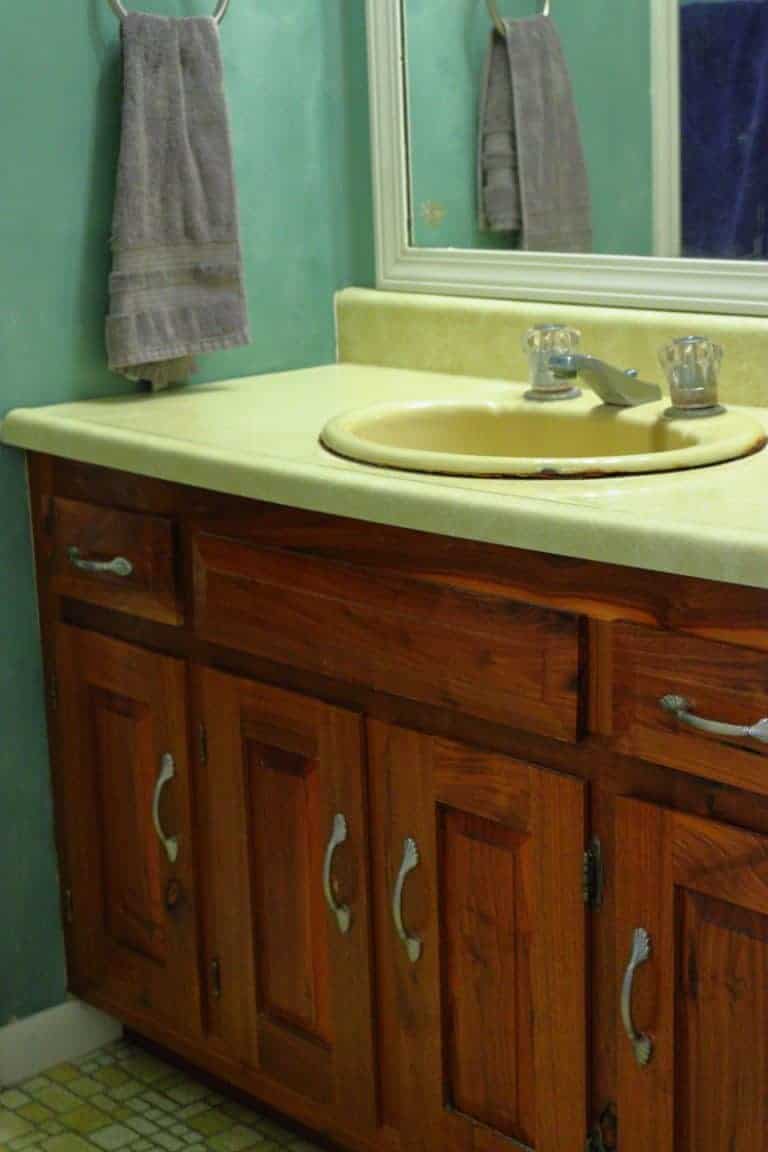
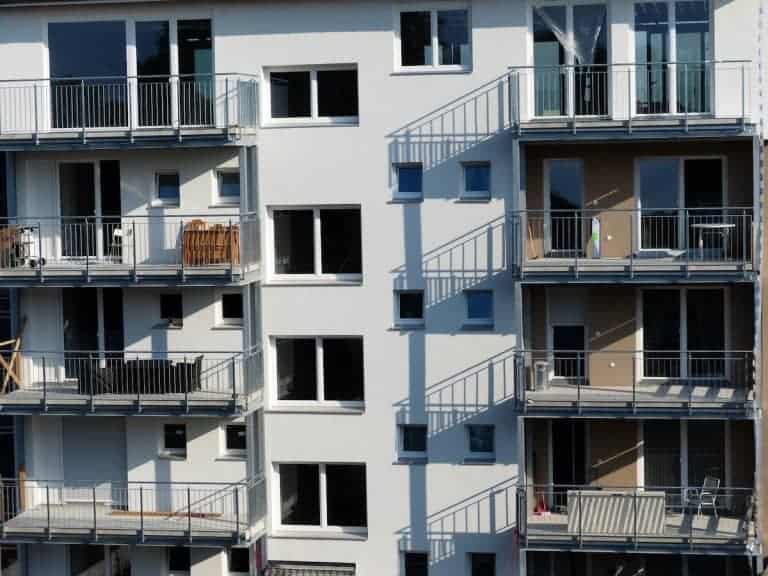
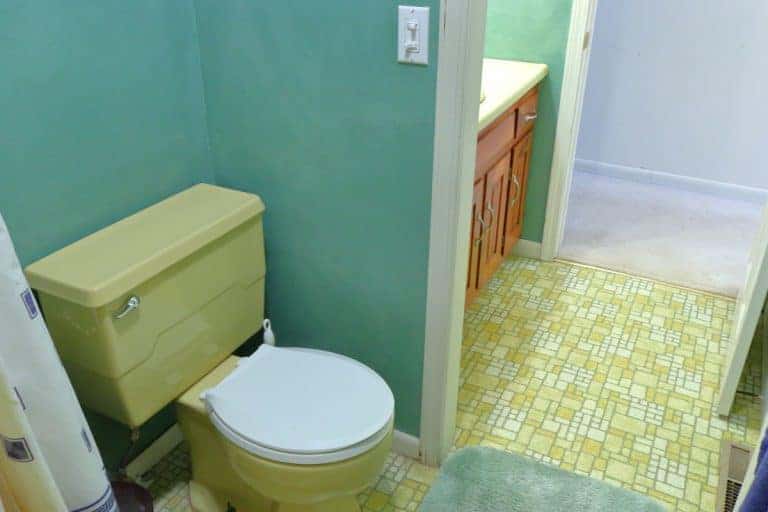


Ewww, the picture was one thing but that video! Ew, ew, ew!
I know!!! But the mold remediation got rid of everything. The plywood looks like new. Whew! ?